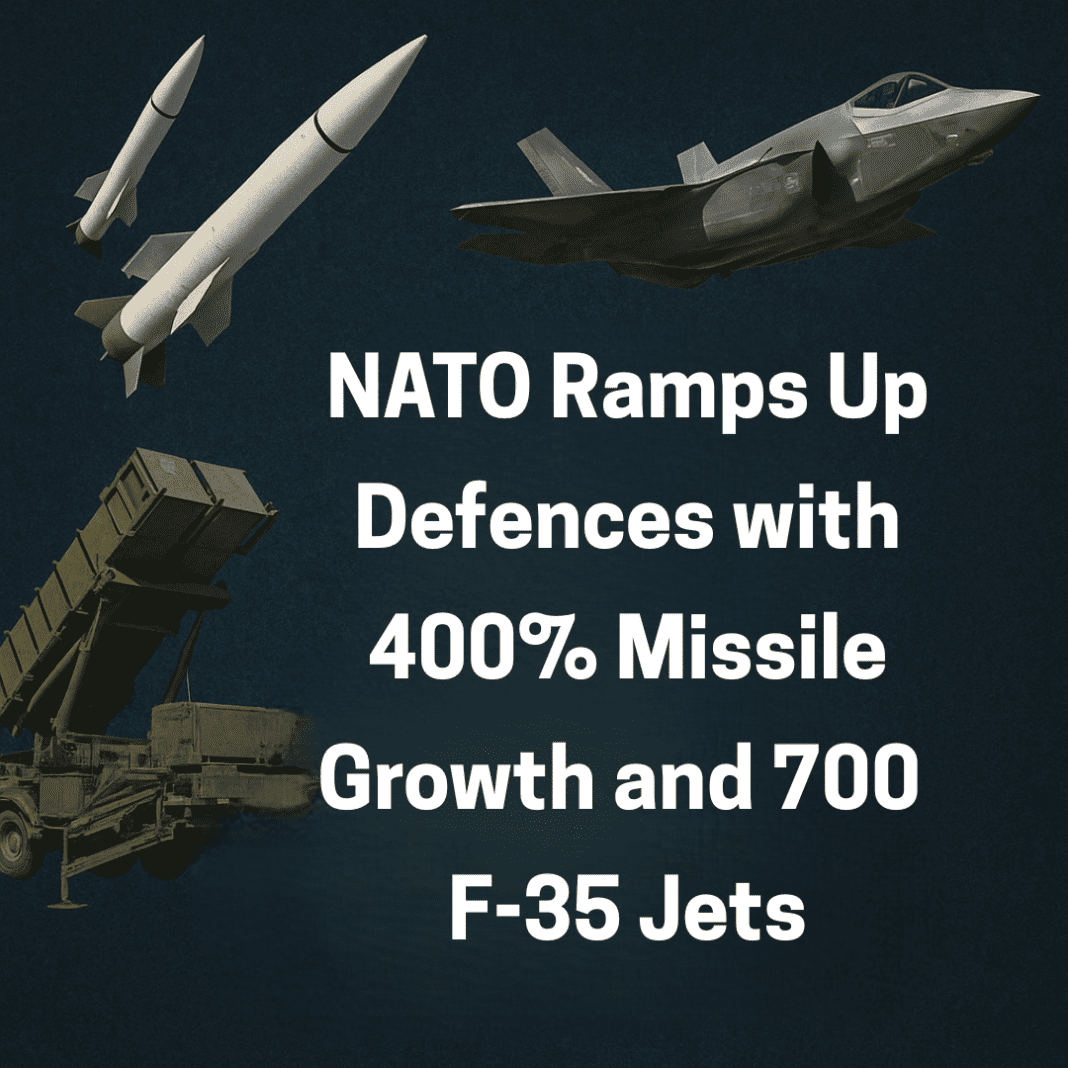NATO, the alliance of 32 countries that work together for defence, is making a major change. Its new Secretary General, Mark Rutte, has announced that the members should now spend 5% of their country’s GDP on defence. This is more than twice the old target of 2%.
Speaking in London just before a big NATO meeting in The Hague, Rutte made it clear this new target isn’t just a number. He said it’s based on real needs, not guesses. “5% is not some figure plucked from the air,” Rutte explained. “It is grounded in hard facts.”
Under this new plan, 3.5% of the spending will go directly to military tools—like weapons, training, and troops. The rest will be used for building defence factories, better roads, airfields, and other things needed to support military action.
Rutte explained that the world is becoming more dangerous, and we must prepare for anything that could happen—even if the war in Ukraine ends. This new defence plan will be at the center of discussions during the upcoming NATO Summit in the Netherlands.
Rutte: 400% Growth in Missile Defences, 700 F-35 Jets for Europe
One of the biggest moves in the plan is a 400% increase in air and missile defences. Mark Rutte said NATO must build stronger shields in the sky to protect its people. This decision is based on what NATO is seeing in Ukraine, where Russia has attacked cities with missiles and drones.
Code Overhaul, Not Hardware: Honeywell’s $7 Billion Answer to the Pentagon’s F-35 Power Problem
To defend against this kind of threat, NATO will buy and build many more systems that can detect and shoot down incoming weapons. These systems include radar, anti-missile launchers, and other tools to protect cities and military sites.
Air power is also getting a big boost. NATO members that are not the United States will together buy at least 700 F-35 fighter jets. These are high-tech jets made in America that can do many types of missions, including flying without being spotted by radar. Rutte said this step will make sure European countries take on more responsibility for their own security and can work more smoothly with each other.
These purchases are part of a larger push to make NATO faster and stronger if any danger appears.
More Ground Forces, Ammunition, and Technology
NATO’s defence plan also includes building up ground forces. Mark Rutte shared that NATO members need thousands more tanks and armoured vehicles. These are the machines that carry soldiers and protect them in battle.
NATO also plans to stockpile millions of artillery shells, which are large bullets fired from cannons and used in heavy fighting. Rutte pointed out that these kinds of weapons are being used a lot in Ukraine, and NATO must be ready in case it faces similar challenges.
🧠 Mind-Blowing Tech Transfer: Su-57’s Source Code Deal Dwarfs F-35 Secrecy
The alliance will also double its support systems. This includes trucks, fuel, medicine, transportation, and other tools that help armies move and stay strong during a mission. Without these, even the best weapons and soldiers can’t do their jobs.
Technology is also a focus. NATO wants more drones, long-range missiles, and cyber tools. These are modern weapons that can work without a pilot or reach targets far away. Cyber tools are used to stop hackers and protect important systems like electricity, communication, and defence networks.
Mark Rutte made it clear that all of this spending has one goal: keeping people safe. He said, “It is clear, if we do not invest more, our collective defence is not credible. Spending more is not about pleasing an audience of one, it is about protecting one billion people.”
These new plans and targets will be the main topic of discussion at the upcoming NATO Summit in The Hague, where leaders are expected to officially agree on this bold new chapter for NATO.

